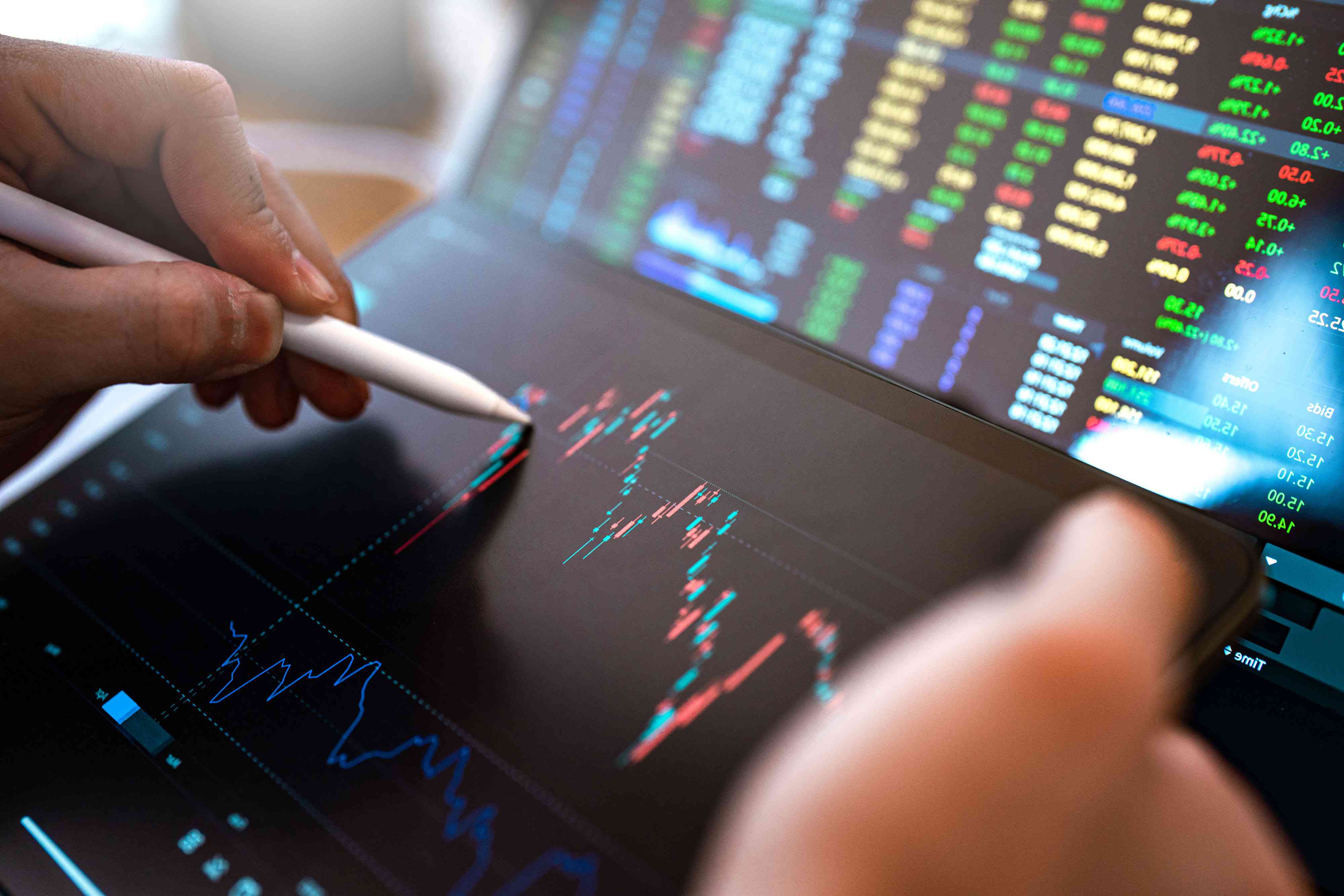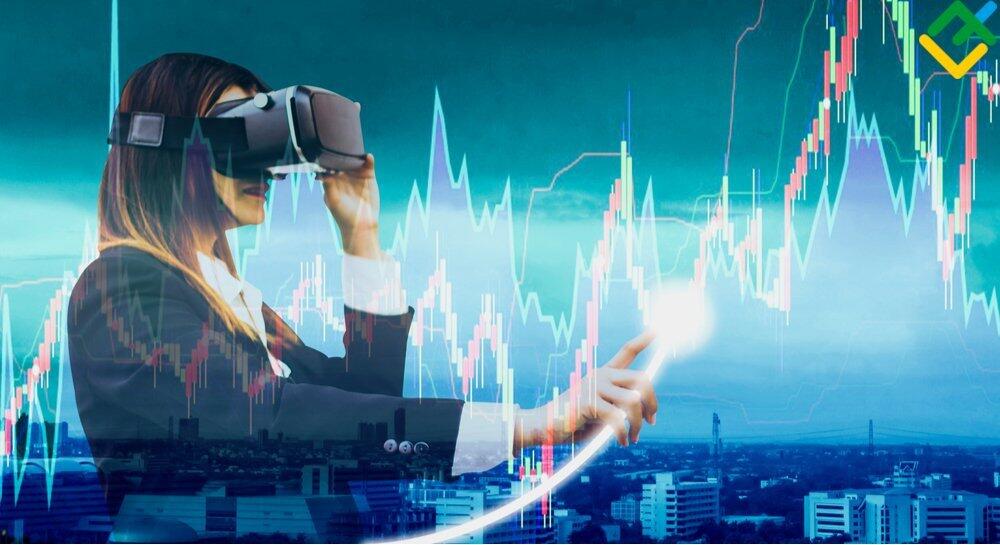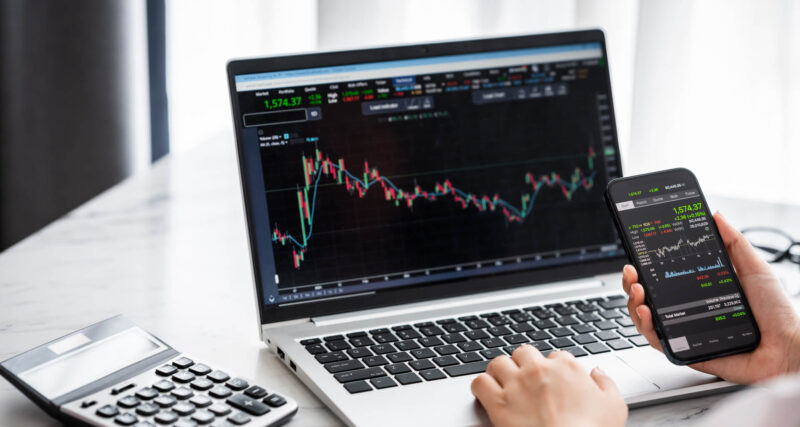In the fast-evolving landscape of financial markets, where technology reshapes trading strategies at breakneck speed, the question looms: Is simulated trading a viable pathway to long-term success in 2025? As fledgling traders flock to virtual platforms, drawn in by the allure of risk-free environments, they face a paradox. While simulated trading offers an invaluable opportunity to hone strategies and build confidence, critics argue that it may create a false sense of security, distancing traders from the adrenaline and unpredictability of real market conditions.
This dichotomy raises an essential inquiry—can the lessons learned in the serene realms of simulation translate into tangible success when confronted with the chaotic reality of live trading? As we delve deeper into this exploration, we will analyze the inherent strengths and weaknesses of simulated trading, its impact on trader psychology, and its potential role in shaping the future of trading prowess.
The Rise of Simulated Trading: Trends Leading to 2025

As we approach 2025, the world of trading is experiencing a seismic shift, fueled by technological advancements and a burgeoning accessibility to financial markets. The rise of simulated trading platforms is capturing the curiosity of both novice investors and seasoned veterans, offering a risk-free environment to hone skills and test strategies without the fear of real capital loss.
Among these innovations, tools like bar replay free have become invaluable, enabling traders to revisit past market data and practice decision-making in dynamic, historical scenarios. This feature allows users to refine their strategies by replaying market movements, gaining insights into price actions, and understanding the interplay of trends and indicators over time.
Increasingly sophisticated algorithms and realistic market simulations are transforming these platforms into dynamic training grounds that replicate the ebb and flow of live trading. Additionally, the growing momentum behind community-driven trading initiatives and social platforms is amplifying the appeal of simulated trading, as users can share insights and strategies with diverse populations.
This convergence of technology, accessibility, and community engagement not only democratizes trading but also heralds a new era where tools like bar replay free, combined with other simulation features, may prove to be pivotal elements in the trajectory of long-term investment success.
Benefits of Simulated Trading for Aspiring Traders

Simulated trading serves as an invaluable tool for aspiring traders seeking to navigate the complexities of the financial markets. It allows individuals to dive deep into the mechanics of trading without the risk of real capital loss, fostering a safe environment to experiment with different strategies.
Imagine the thrill of executing a trade based solely on data analysis—yet without the pressure of actual stakes. This unique form of practice enhances decision-making skills, improves market analysis capabilities, and cultivates a resilient mindset. Furthermore, by observing the outcomes of their trades in real-time market conditions, traders can fine-tune their approaches and build confidence before stepping into live trading.
In essence, simulated trading bridges the gap between theory and practice, propelling aspiring traders toward long-term success with a wealth of hands-on experience and insights.
Conclusion

In conclusion, while simulated trading presents both advantages and limitations, it remains a crucial tool for traders looking to enhance their skills and strategies in 2025. The ability to practice in a risk-free environment allows for valuable learning experiences and the flexibility to refine techniques without financial pressure.
Tools like bar replay free functionality elevate the simulation experience, enabling traders to revisit past market scenarios and fully understand the intricacies of their decision-making processes. Ultimately, while simulated trading can significantly contribute to a traders education and confidence, it is essential to complement it with real-market experiences to achieve long-term success in the dynamic world of trading.


